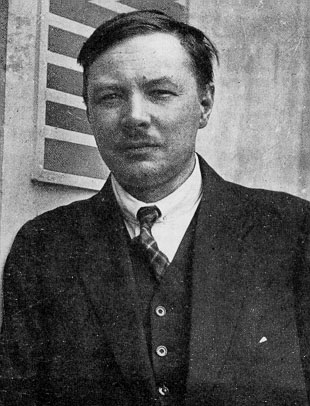Mikhail Larionov (Mikhail Larionov)

Painter, Stage Designer, Theorist. One of the most influential artists of Russia’s pre-World War I avant-garde. Born in Tiraspol, Moldova, he was raised in Moscow and entered its Art Institute in 1898. There he met fellow student Natalia Goncharova, who became his lifelong companion. Initially attracted to Symbolism, Larionov sought his own path with modern interpretations of primitive Russian folk art; this won him the advocacy of future ballet impresario Serge Diaghilev, who in 1906 praised the young painter in his magazine “The World of Art”. In 1908 he helped organize the “Golden Fleece” exhibition in Moscow, which introduced French Post-Impressionism to Russia; it proved a revelation and its impact was still being felt by Soviet artists of the 1920s. Larionov himself was radicalized by the experience and plunged into the latest creative trends of the day. In 1912 he launched the Rayonist movement, an offshoot of Futurism which sought to depict form through rays of light. His mature style was a synthesis of Rayonism and folksiness. At the start of World War I he was drafted into the Russian Army and suffered a head wound in battle, a calamity that robbed most of his later work of its vitality. In 1919 he settled in Paris as Goncharova’s manager and served as artistic advisor and occasional designer for Diaghilev’s Ballet Russes. His most important ballet commission was for the sets of Prokofiev’s “The Buffoon” (1921). After Diaghilev’s death in 1929 he resumed painting, but without his former inventiveness. Larionov and Goncharova became French citizens in 1939 and married in 1955. He gave up painting for good after a 1950 stroke. For many years Larionov’s achievements in Russia were swept under the rug by the Communists, and his reputation has only recently begun to recover. (bio by: Bobb Edwards)
Born
- June, 03, 1881
Died
- May, 05, 1964
Cemetery
- Cimetiere d'Ivry
- France

